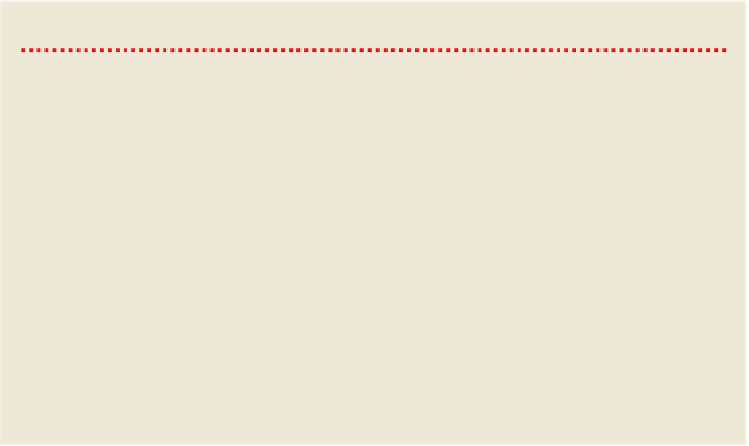Travel Reference
In-Depth Information
Local Food
Cheap, tasty and filling, local food is the stuff of cravings and comfort. The classic ex-
ample is Hawaii's ubiquitous plate lunch. Chunky layers of tender
kalua
pork, a dollop of
smooth, creamy macaroni salad and two hearty scoops of white rice. Of course, the pork
can be swapped for just about any other protein, maybe Korean-style
kalbi
short ribs,
mochiko
(batter-fried) chicken or
furikake
-encrusted mahimahi. A plate lunch is often
eaten with throwaway chopsticks on disposable (and more often now biodegradable)
plates. A favorite breakfast combo is fried eggs with spicy Portuguese sausage or Spam
and, always, two-scoop rice.
Sticky white rice is more than a side dish in Hawaii. It's a culinary building block, an
integral partner in everyday meals. Without rice, Spam
musubi
(rice ball) would just be a
slice of canned meat. The
loco moco
(rice, fried egg and hamburger patty topped with
gravy or other condiments) would be nothing more than an egg-covered hamburger. And
without two-scoop rice, the plate lunch would be just a ho-hum conversation between
meat and macaroni salad. Just so you know, sticky white rice means exactly that. Not
fluffy rice. Not wild rice. And definitely
not
instant.
SPAM-TASTIC!
Hawaii may be the only place in the USA where you can eat Hormel's iconic canned
meat with pride. Here in the nation's Spam capital, locals consume almost seven
million cans per year.
Of course, Spam looks and tastes different in Hawaii. It is always eaten cooked
(typically fried to a light crispiness in sugar-sweetenedshōyu), not straight from
the can, and often served as a tasty breakfast dish with eggs and rice.
A pork-based meat product, Spam was first canned in 1937 and introduced to
Hawaii during WWII, when the islands were under martial law. During that period
fresh meat imports were replaced by this standard GI ration. By the time the war
ended, Hawaiians had developed an affinity for the fatty canned stuff.
One common preparation is Spammusubi:a block of rice with a slice of cooked
Spam on top (or in the middle), wrapped with nori (Japanese dried seaweed).
Created in the 1960s, it has become a classic, and thousands ofmusubiare sold
daily at island grocers, lunch counters and convenience stores like 7-11.
Check out Honolulu's Waikiki Spam Jam (
Click here
)
festival in April. For Spam
trivia, recipes, games and more, go to
www.spam.com
.

